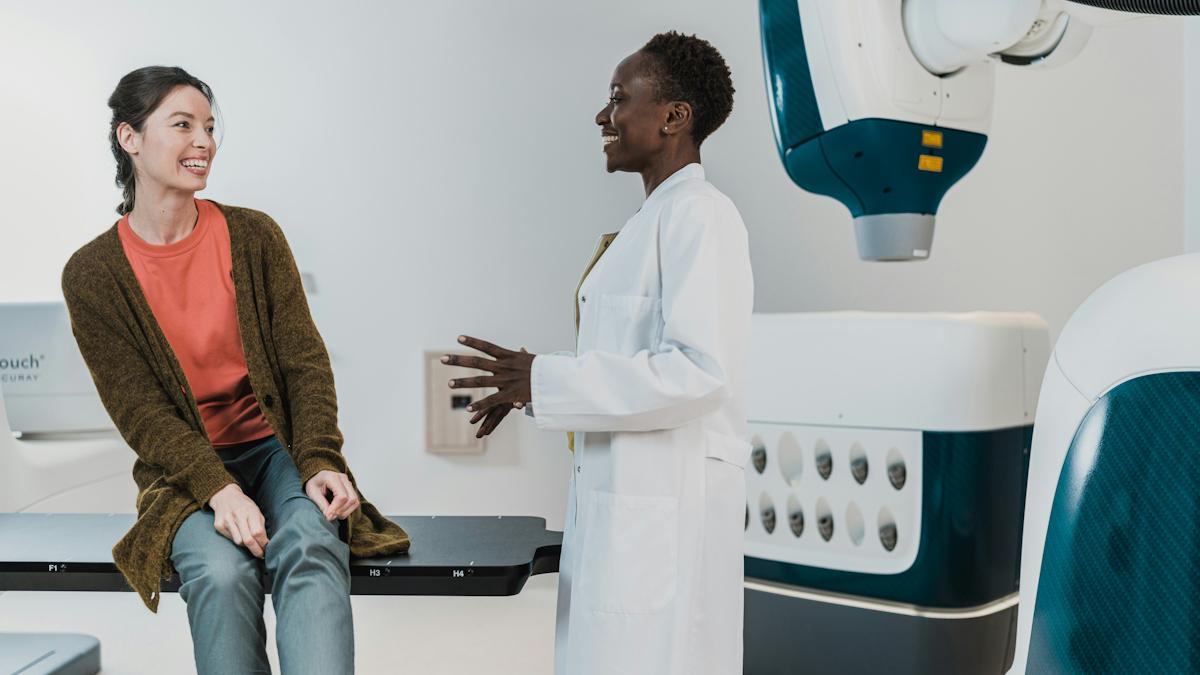Working together to embed public involvement in research

Amanda Barrell speaks to the ABPI deputy chief scientific officer Sheuli Porkess and the NIHR’s Simon Denegri at the Pioneering Partnerships conference to find out how they are helping to make a patient centricity a reality
When it comes to patient engagement and public involvement in research, it’s time to stop talking and start doing.
That was the ethos behind the Pioneering Partnerships conference, held in London last week and hosted by the Association of the British Pharmaceutical industry (ABPI), the National Institute of Health Research (NIHR) and the Association of Medical Research Charities (AMRC).
Sheuli Porkess, deputy chief scientific officer at the ABPI, told pharmaphorum the event aimed to offer practical advice on moving patient centricity from theory to practice.
“The ABPI thinks this is really important, and we want to make sure that we are very clear and very explicit on that point. The aim is to build public involvement and patient engagement into the whole system, across the whole sector,” she said.
The best way to “put the patient first”, she said, was working in partnership, and this was the first time that the event, first held in 2016, was organised by all three organisations.
The day-long programme of panel discussions and roundtable talks brought the whole sector – patients, researchers, advocacy groups, clinicians and pharma – together to discuss the challenges and share best practice.
Triple challenge
Speaking to pharmaphorum, Simon Denegri, national director for patients, carers and the public at the NIHR, said: “In the last five years or so, we have seen a real sea change in the charity and industry sectors around public involvement in research and that is fantastic.
“These are two really strong power bases for innovation and change, but there are challenges.”
The first of these is leadership, he said, adding that one of the key predictors of success was recognition at chief executive and board level.
“Leadership is crucial, as is funding – we need to find the funds and resources to give this room to breathe.
“The third challenge is around learning,” he said, recommending that researchers be trained in both the importance and benefits of public involvement.
Sheuli added: “From pharma’s perspective, it’s about allowing time for it and building it into processes.
“It’s about understanding that if involving patients in the design of a study is going to put a month onto the beginning of the trial, then making sure the processes allow for that time.”
Code confines
She admitted that the Code of Conduct was sometimes seen as a barrier to pharma engaging with the public, but a new guide which was launched at the event, offers help.
Working with patients and patient organisations – a sourcebook for industry supplements the code by setting out some basic principles and informal guidance on working with the public.
It’s a practical document that includes checklists and case studies and answers some FAQs on issues such as research, meetings and payments.
Sheuli said it wasn’t intended to replace the Code of Conduct but to help companies work more effectively within its confines.
The ABPI is also involved in the Europe-wide Patients Active in Research and Dialogues for an Improved Generation of Medicines (PARADIGM) project, she added.
Making change
She said: “We are learning from the companies that are doing this already and developing tools and metrics that will help organisations embed involvement into their processes, and overcome the barriers.
“But it does come down to leadership. When you have someone internally saying: ‘we are going to do this’, that’s when processes change. The more people who say ‘yes’, the better.”
Creating change starts with researchers being under no illusion as to what is expected of them when they start to design a study, Simon said.
“We need to build it into funding applications, then we need to check in with them and the patients and public to make sure the involvement was meaningful,” he said. “People need to know that it is the expectation.”
Both agreed that getting to a place where patients were involved in the whole drug development pathway and beyond rested on one thing – learning from each other.
Shared learning
Simon said: “I think shared learning is crucial. We need to bring all the partners together and offer them peer support to do this. And we need to explain what good looks like.”
It’s about case studies and a willingness to share them for benefit of the greater good, added Sheuli.
“Companies can say ‘yes, we have done this, come and talk to us’. They can help others understand the challenges and how to overcome them.
“I really think that the more we can get companies to share their experiences with each other the better.”
It’s not an issue that’s going away – in fact, it will only become more important in the years ahead, she said.
“Trials are becoming so complex that even researchers are saying they need some time to get their head around them. So we need to be even more mindful of making sure research is accessible.
“As we do research in different ways, patient and public involvement becomes even more crucial,” Sheuli concluded.












